Lastra & Zorilla specializes in textile architecture, offering a variety of innovative solutions. Among their offerings, multi-layer roofs and façades stand out as enclosures composed of panels with several layers of textile material. These structures may feature pressurized interior spaces enclosed by the textile layers, contributing to their rigidity.
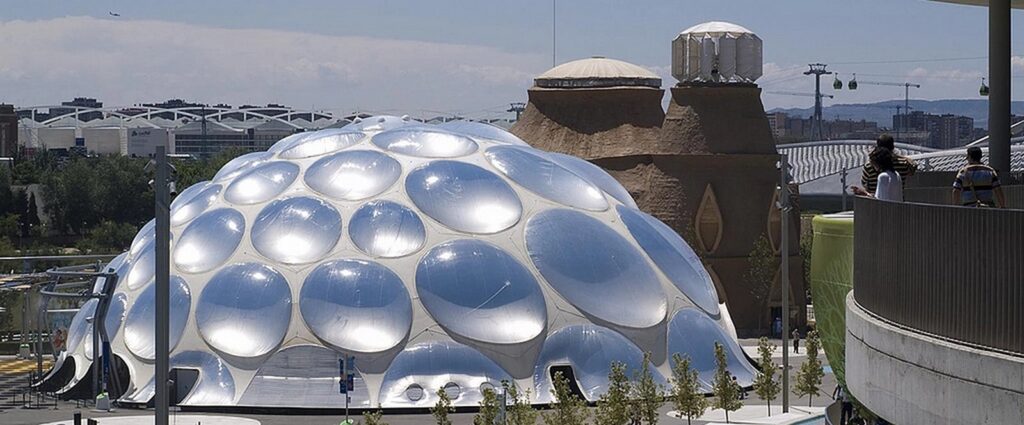
Understanding Multi-Layer Structures
Multi-layer structures represent a fusion of single-layer and pressostatic constructions. They enclose spaces within the building envelope, such as roofs or facades, and are often subjected to internal pressure to enhance their stability. Referred to as cushions, these structures utilize pressurization to create tension within the fabric, akin to inflatables.
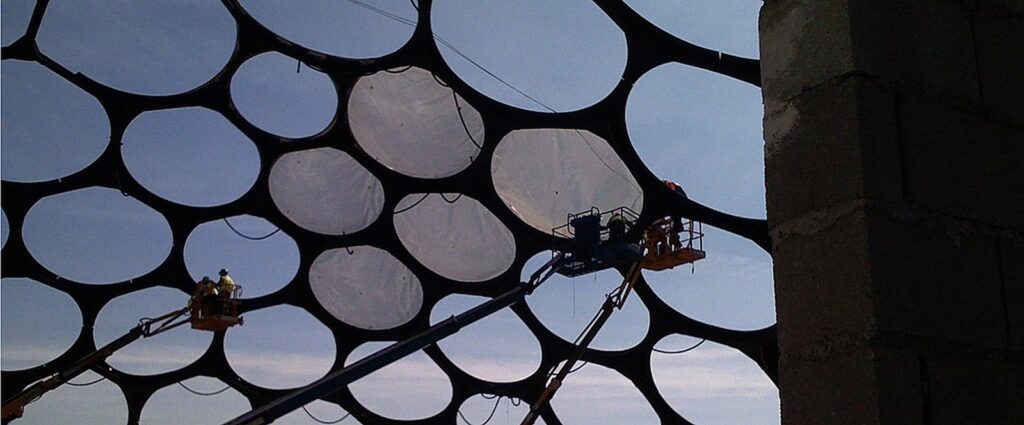
Ensuring Airtightness
To minimize air leakage, the shape and joints of each cushion are meticulously designed. Despite inevitable leaks, the structure remains under tension as long as the air intake exceeds the air escaping. Lastra & Zorilla employs aluminum profiles prepared to minimize air escape through joints, ensuring superior airtightness compared to pressostatic structures.
Achieving Pressure Difference
Automated equipment is utilized to inject controlled air flows at low pressure through openings in the textile surface. Anemometers within the structures adjust inflation pressure automatically in response to strong winds or snow, enhancing rigidity and stability.
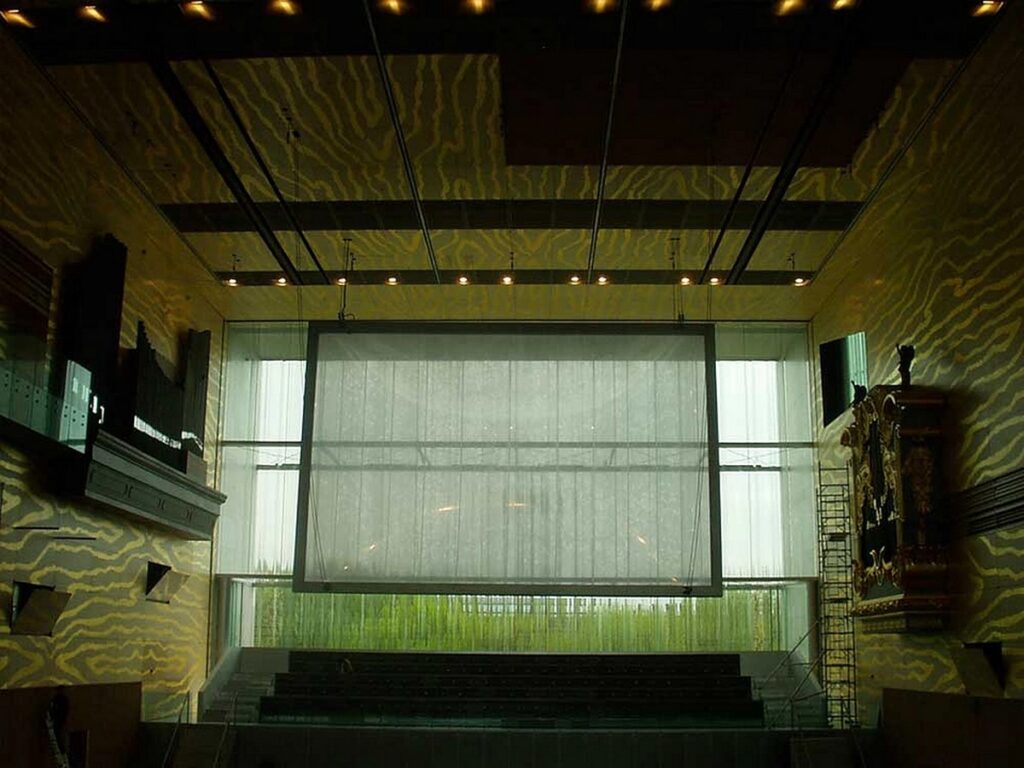
Advantages of Multi-Layer Systems
Pressurized structures enable the realization of shapes and geometries unattainable with single-sheet constructions, such as synclastic surfaces resembling bubbles. Additionally, the incorporation of materials with varying transparencies and colors offers intriguing lighting effects. Moreover, the enclosed air chambers provide significant thermal insulation, surpassing conventional materials.
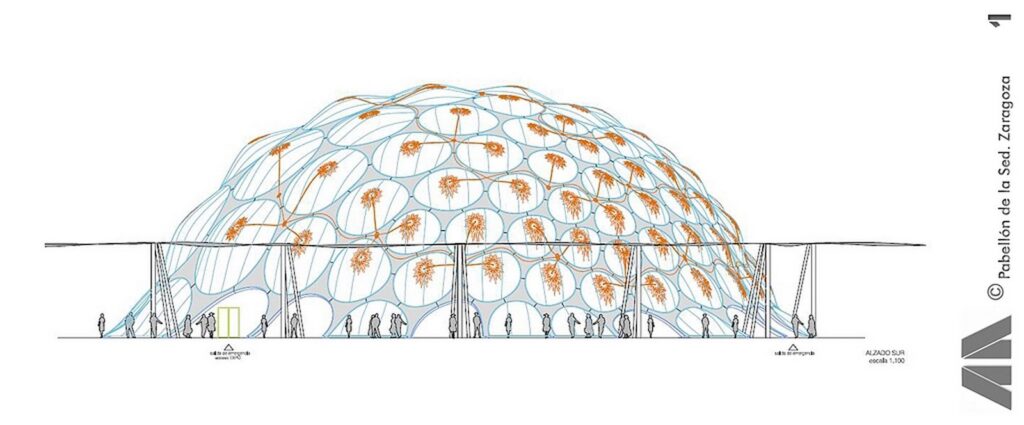
Materials and Forms
Common materials include ETFE, PVC, or PTFE, chosen for their resistance and flexibility. These materials ensure that air cannot escape through the fabric, facilitating inflation. Multi-layer structures typically adopt synclastic shapes, characterized by curvatures in the same direction, resembling bubble-like geometries.
Considerations for Size, Attachment, and Cost
The size and span of cushions depend on material, geometry, and project loads, with cable meshes utilized to stiffen structures. Attachment involves fixing cushions to rigid contours with aluminum profiles, sealing the air within the chambers. Cost considerations include material, fixing quantity, inflation equipment, panel quantity, manufacturing, and assembly complexity.

In conclusion, multi-layer covers and façades represent an innovative approach to textile architecture, offering flexibility, thermal insulation, and aesthetic versatility. While cost considerations may vary, the benefits of these structures in terms of functionality and design potential are evident. Lastra y Zorrilla’s commitment to innovation in textile architecture promises to reshape the future of building design and construction.


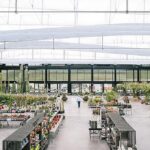
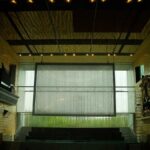
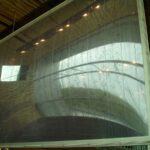
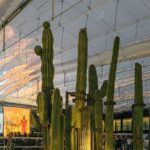
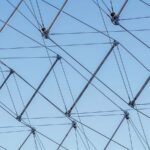
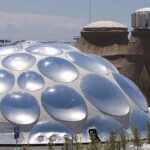
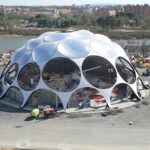
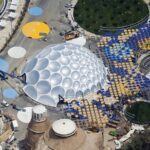
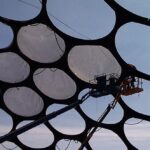
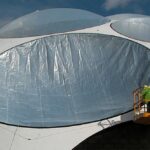
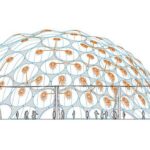
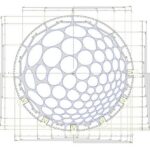
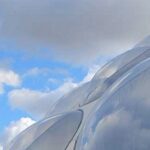
Leave a Reply